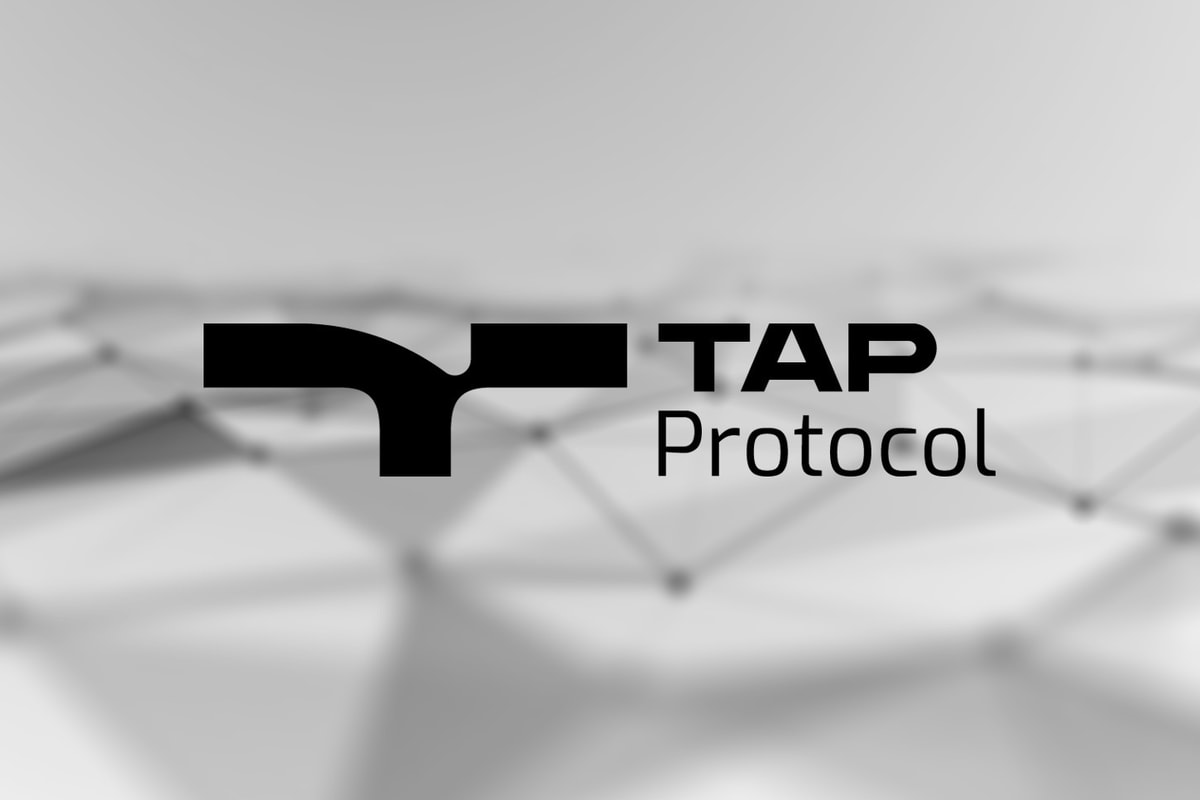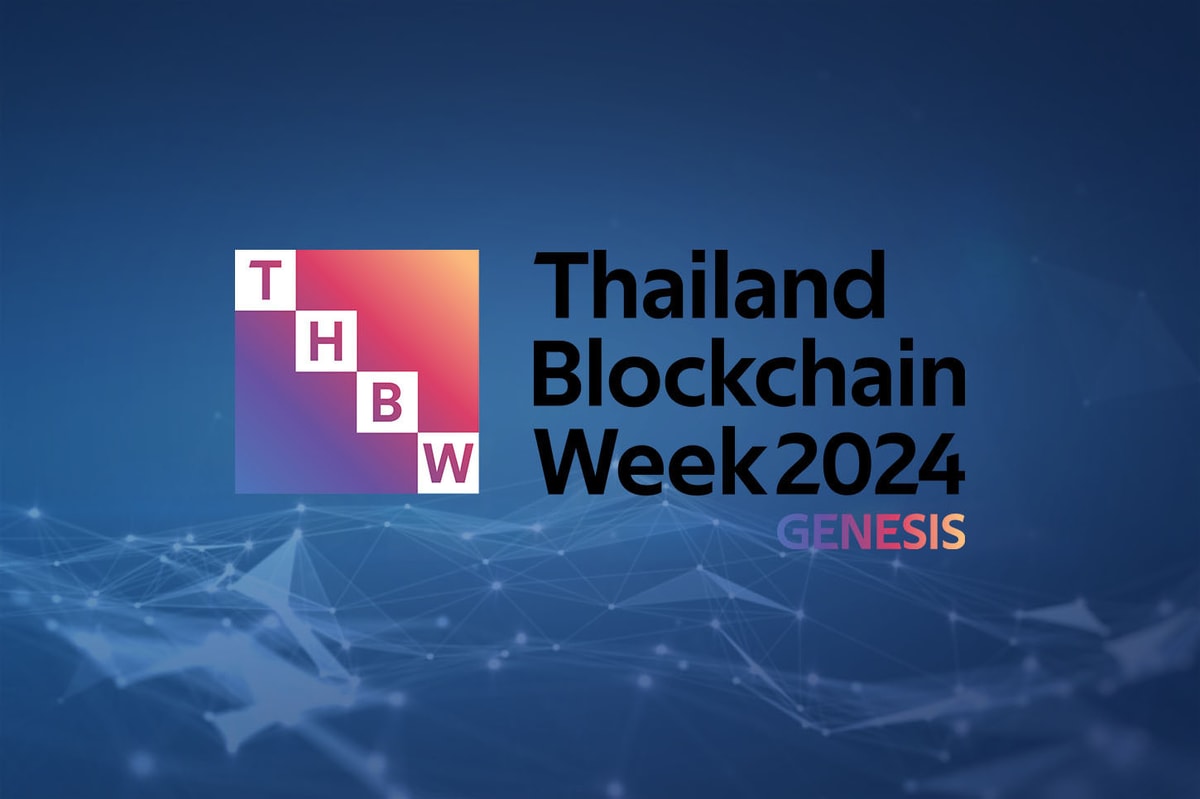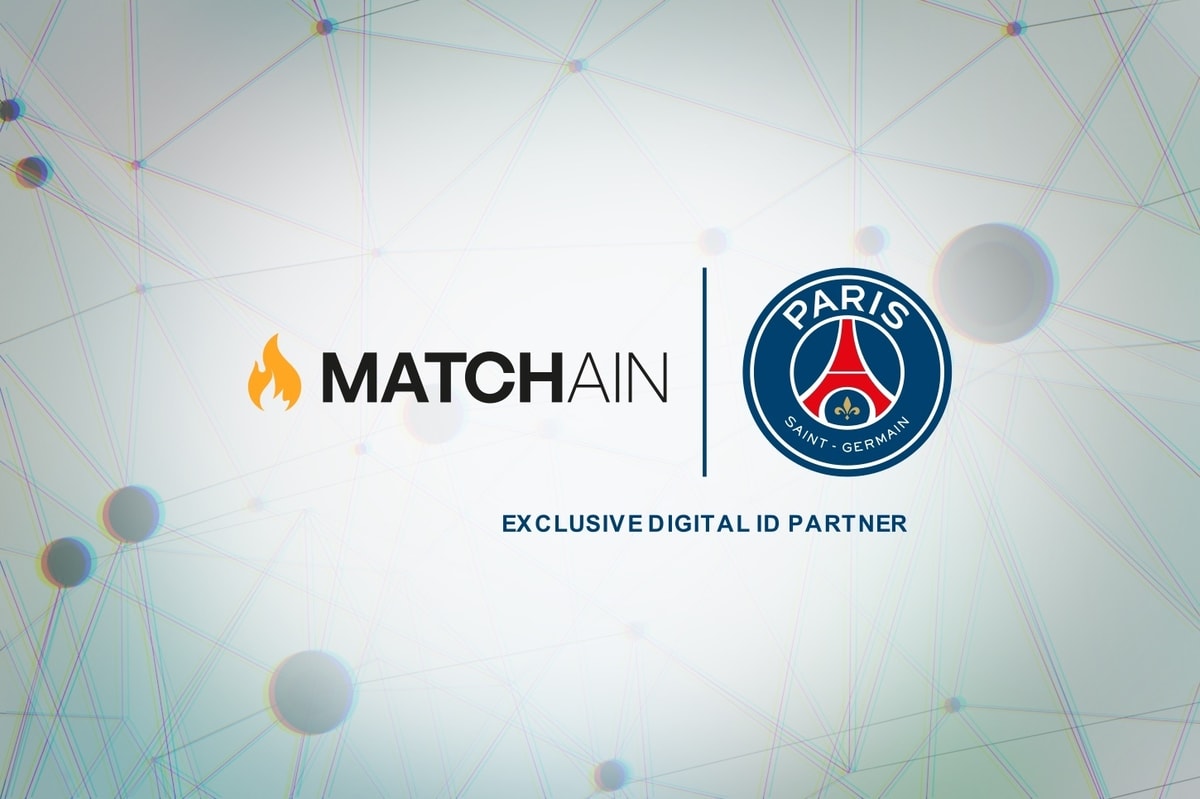For most organizations, delivering products and services securely over blockchains is a challenging endeavor fraught with security risks and development roadblocks, requiring significant investments in infrastructure and often considerable time to implement. This challenge becomes even more pronounced for those focused on financial management.
With the advent of Ink Finance, this barrier to entry has been torn down. Thanks to its array of plug-and-play solutions, users are now able to set up robust and transparent backbones for fully integrated operation, finance and community management.
A modular architecture to support the most noval and ambitious undertakings
Ink Finance’s technical architecture is composed of several modules. Among them, the governance module is used to configure a decentralized autonomous organization (DAO), including full-blown treasury capabilities, with minimal hassle. The products module allows users to create bespoke financial products with an asset wrapper like the InkEnvelope and a multi-asset custodian facility like the Unified Custodian Vault.
A critical feature that sets Ink Finance apart is its treatment of financial management as a built-in component of the governance framework. Whether it’s payment, audit, custodian or risk management, they all fall into one coherent process operated by the same governance engine. Ink Finance frees DAO managers from the difficulty of choosing among a myriad of stand-alone financial tools and fitting them into the management structure. An end-to-end profile of a DAO’s financial competence is the key to assessing its creditworthiness.
Aside from adopting the best third-party utilities to guard against Sybil attacks, Ink Finance further allows a soulbound token-like scheme mounted on top of the stake-to-govern engine. The membership profiling scheme not only balances the power of economic stakeholders and community builders but also paves the way to a rich set of credit based micro-financing applications on the Ink Finance platform.
QUILL: Governance capital and fee capture
Ink Finance encapsulates its protocol value with its native token QUILL. DAOs are required to stake QUILL tokens to activate the customized features built for them, thus making QUILL an absolutely necessary turnkey and form of governance capital. Users that issue and clear financial products will be charged processing fees, and those who focus on asset management will be charged with custodian fees. The rate of the fees is determined by the voting process of Ink Finance’s meta-DAO. After deductions for maintenance of the platform, fees accrued will be used to buy back QUILL tokens in circulation for soft destruction.
Ink Finance has currently raised two rounds of funding, totaling $4 million. It has forged partnerships with several heavyweights in the blockchain industry, including Republic Advisory Services (RAS) and Alliance DAO, who will be helping Ink Finance with its go-to-market strategies and ecosystem integrations. RAS, through its Crypto Fund 1 sole-led the seed round of financing, and Alliance DAO’s affiliated DeFi Alliance Flagship Fund participated in the strategic round of financing.
Ink Finance recently released the beta version of its web app currently being actively tested by some of the top-tier DAOs committed to using Ink Finance, including Mirror World, Polytrade and Solv Finance.
In light of the recent turmoil related to the existing decentralized finance (DeFi) regime, it can be expected that credit-focused Web3 finance will be embraced by more institutions and investors. Ink Finance is strategically positioned to make a major contribution to this sector.
Find out more about Ink Finance:
- Website: https://inkfinance.xyz
- Discord: https://discord.gg/UByUN8gs8h
- Twitter: https://twitter.com/inkfinance
- Telegram: https://t.me/joinchat/yZvWWI3SI-4zOTBl
- Medium: https://inkfinance.medium.com
- LinkedIn: https://www.linkedin.com/company/inkfinance











